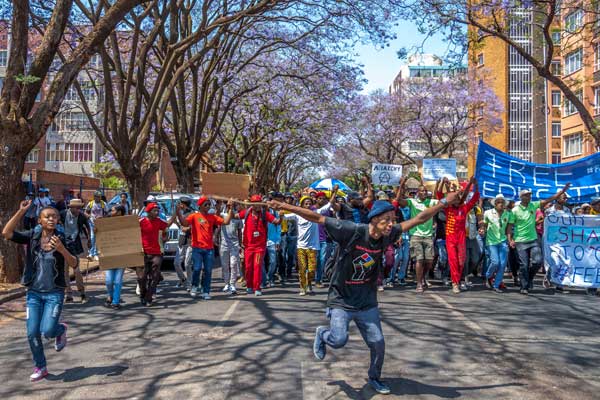Staff Writer9 July 2016

The Sunday Tribune recently reported that Indian students looking to get into the University of KwaZulu-Natal’s medical school were paying university officials to have themselves registered as Coloured.
The reason for the Indian students wanting to be registered as Coloured is due to the university’s racial quotas which are instituted at the medical school.
UKZN receives 8,300 applicants for 250 places at its medical school each year, with an admissions policy governing who gets in.
Places are reserved for students from Quintile 1, 2 and 3 schools (the “poorest” government schools), while the racial quotas for first-year MBChB students are:
Black African – 69%
Indian – 19%
Coloured – 9%
White – 2%
Other – 1%
The top-performing students who apply from each race group are admitted, which results in the entry-level marks for students of different races being skewed.
The Sunday Tribune reported that in 2015 and 2016, Indian students needed a matric average of 90.83% to get into the medical school.
If their marks were below this, they were not admitted.
This is despite students from other race groups having lower matric marks, as the India “quota” had been filled.
The minimum requirements set by the university for a MBChB is a matric average of 65%, with 60% in Maths, Physical Science, Life Sciences, and English.
White and Indian students prejudiced
In 2010, Dr Neville Alexander of the University of Cape Town said UCT’s race-based admissions policy for medical students was “quite ridiculous”.
Alexander said White and Indian students were the most prejudiced.
To stand a “realistic chance” of studying medicine, White students needed:
90% in five matric subjects
80% in one matric subject
80% in a benchmark test
Indian students needed:
90% in four matric subjects
80% in two matric subjects
80% in a benchmark test
Coloured pupils needed 80% in four subjects, 70% in two subjects, and 53% in a benchmark test.
Black students needed between 70-79% in six subjects, and 50% in the benchmark test.
“Whites wanting to study medicine in South Africa appear to be the most prejudiced,” he said.
Racial quotas at South Africa’s universities
MyBroadband contacted South Africa’s major universities to ask what matric marks White, Indian, Black, and Coloured students needed to get into their medical schools in 2016.
The University of KwaZulu-Natal did not supply the marks for the White, Black, and Coloured students.
The University of Cape Town did not supply the marks required per race group.
It said it incorporated race as “one of several factors to be considered in assessing an applicant’s historic disadvantage”. Other factors included language, parents’ education, and an applicant’s school.
Wits did not supply the marks per race group. It said the university’s admission policy was as follows:
40% of places offered to top-performing students.
20% offered to top-performing rural learners.
20% offered to top-performing learners from quintile 1 and 2 schools.
20% offered to high-achieving African and Coloured learners.
The University of the Free State was the only university to supply the requested marks.
It said it does not use racial quotas for medicine, but makes efforts to accommodate candidates from a disadvantaged academic background.
The average student marks are based on Admission Points scores, which are based on matric subject results.
Black – 42.34
Coloured – 44.15
White – 45.55
Indian – 45.61
The University of Johannesburg and the Nelson Mandela Metropolitan University do not offer a MBChB degree, but were asked about their Bachelor of Diagnostic Radiography and Bachelor of Pharmacy degrees respectively.
Both universities said they do not apply racial quotas.
The University of Pretoria and Stellenbosch University failed to reply to questions by the time of publication.
More on universities
Degrees which give you the best salary prospects in South Africa

